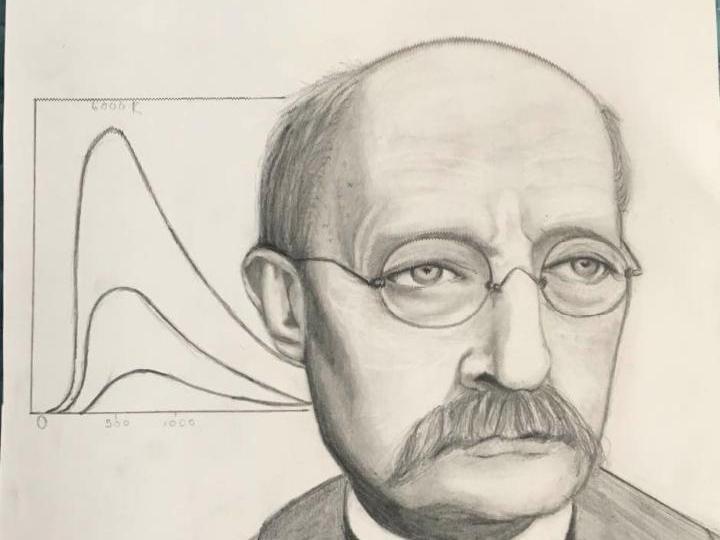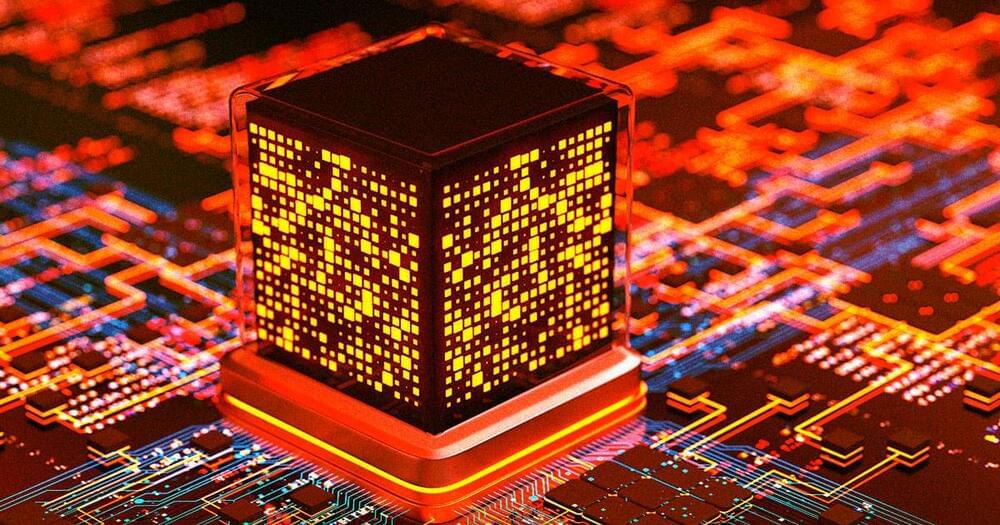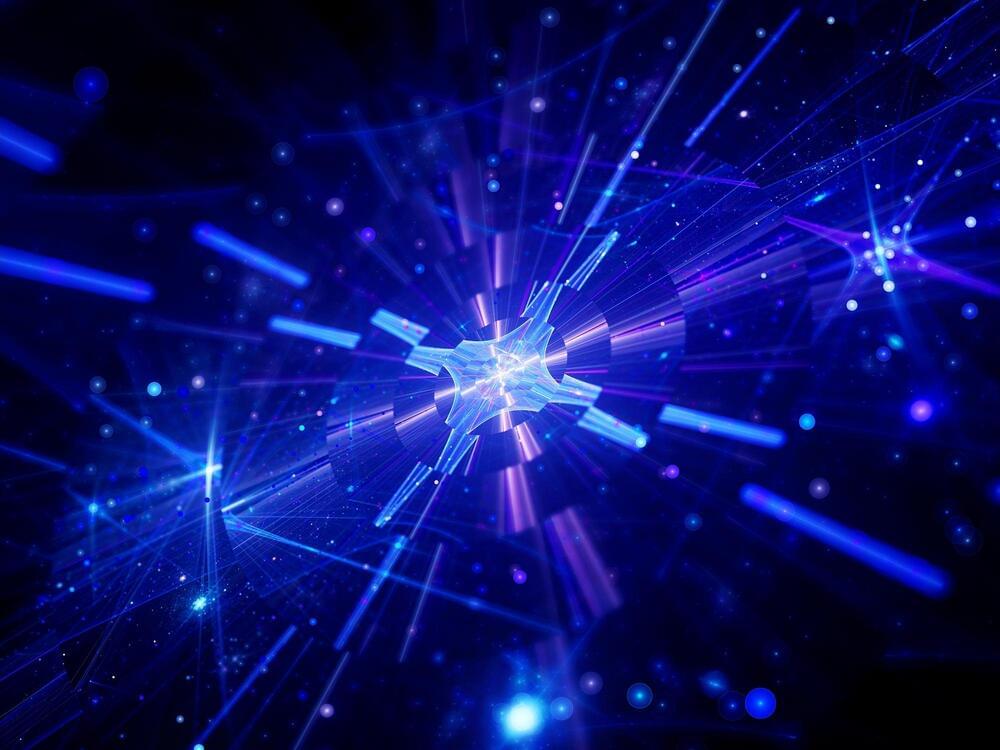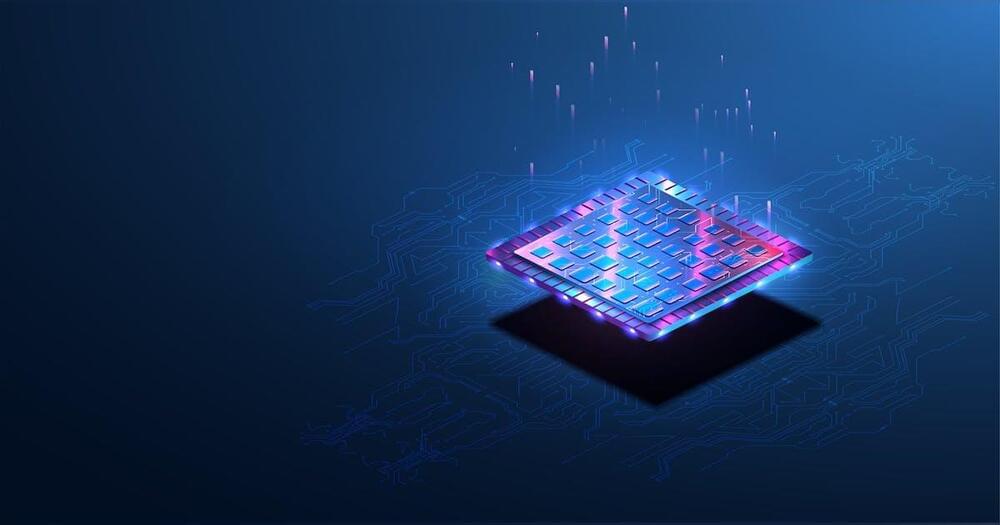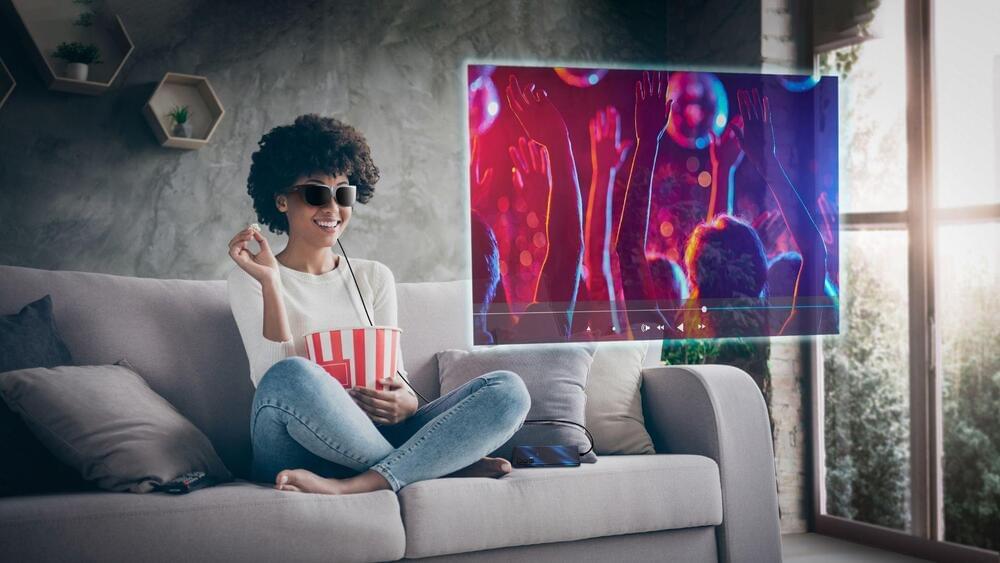Synopsis: How can we think rigorously about the far future, and use this to guide near-term projects? In this talk I will outline my “grand futures” project of mapping the limits of what advanced civilizations can achieve – in terms of survival, expanding in space, computation, mastery over matter and energy, and so on – and how this may interact with different theories about what truly has value.
For some fun background reading, see ‘What is the upper limit of value?‘which Anders Sandberg co-authored with David Manheim.
This talk is part of the ‘Stepping Into the Future‘conference.
Anders Sandberg is a senior research fellow at the Future of Humanity Institute at the University of Oxford and research associate at the Institute for Future Studies in Stockholm. Anders background is computational neuroscience, but for the past 20 years he has been working on neuroethics, global catastrophic risk, long-range futures and reasoning about uncertainty.
Many thanks for tuning in!
Have any ideas about people to interview? Want to be notified about future events? Any comments about the STF series?

